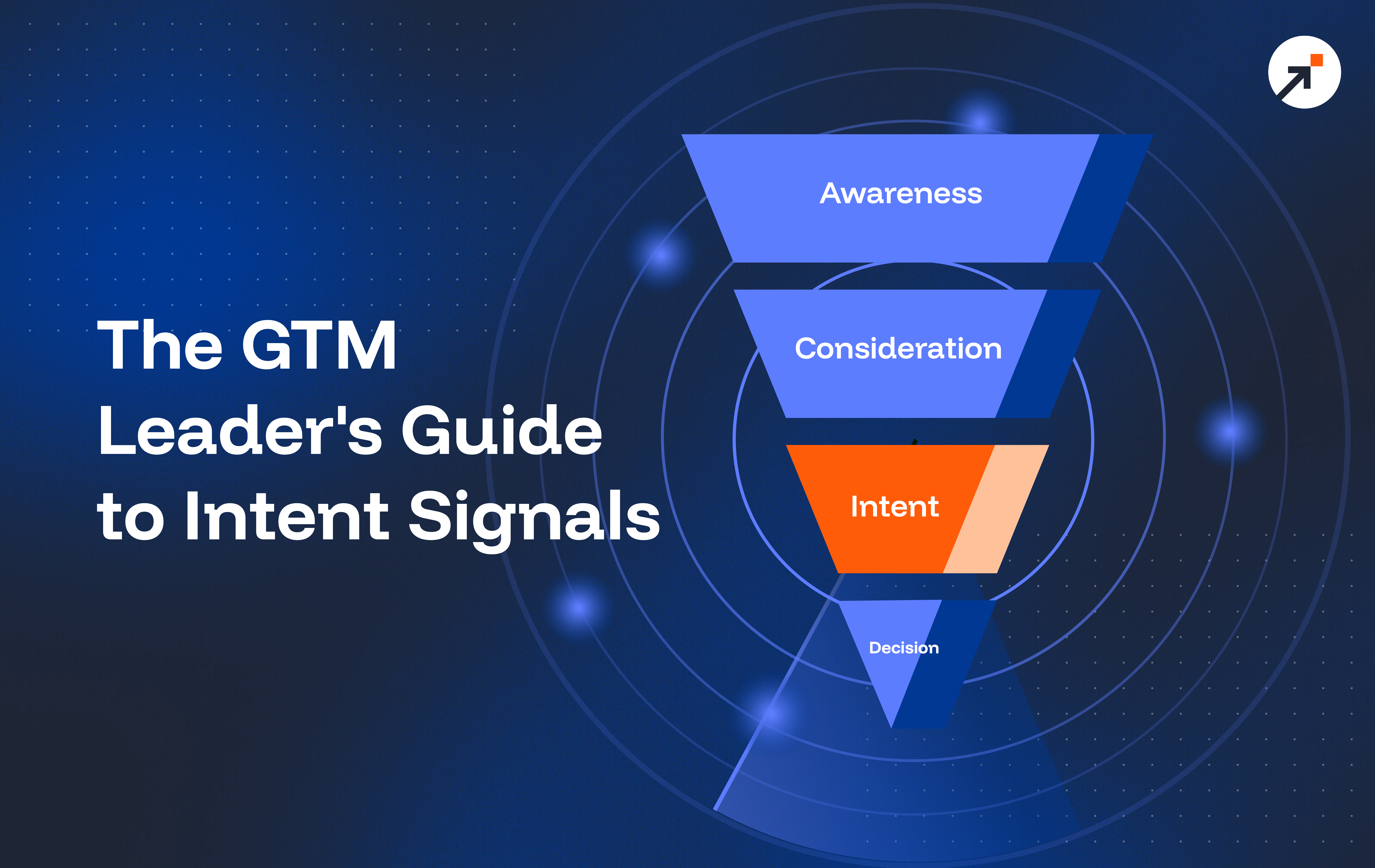Nothing is worse than when you find a promising prospect, but no contact information. You may be led to be desperate levels of investigation. And perhaps, when you are exhausted and frustrated from scavenging for data, you think to yourself:
“What if I just guessed?”
After all, you’ve seen enough crime dramas to know all you need is the correct combination of letters and numbers to crack the code. And, you have to nail the company email formula. How long could that possibly take?
We’ve all been there, under the guise of the hope that the correct email address is just a few guesses away. But the truth is that guessing email addresses is a highly risky endeavor. It’s a game of probability, and the odds are not in your favor.
DiscoverOrg conducted a study of 2,700 email addresses, mimicking the guessing process using the most common domain formulas. When all was said and done, 37.6% of their guesses resulted in invalid email addresses, even when they took nicknames into account. That’s a whole lot of bounce (15% is enough to get your email marketing in serious trouble), not to mention what guessing will cost you in time and productivity.
So, next time you’re tempted to play the guessing game, remember the many reasons that it’s a dangerous game indeed, considering the variables at stake.
Names, names, and more names
Initially, the name@business.com formula might be sufficient. Then again, firstname.lastname, or firstname_lastname are also possibilities, along with any other combination of name and punctuation. These days, more and more people are choosing to go by something other than their given name. The name they give on their LinkedIn or company website could be the name they choose to go by, rather than their legal name that would be used to craft their email address.
For example, the email formula my college used was flast#@school.edu. In most cases, like in the attribution for this article, I go by Bekah. But since my given name is actually Rebekah, my email address started with an r. There were many instances in which it was assumed my email address was brhea, when in fact it was rrhea1. To this day I sometimes feel bad for brhea, if they really were out there somewhere fielding emails from my group project members.
This anecdote leads to another caveat: duplicates. If there’s more than one person by that name at that company, or the company has hired anyone with the same name at any point, chances are the e-mail is differently formatted or numbered. This gets hairy with the more common names, considering there could be hundreds of “Cjones” or “AJohnson” working for a large company at any given moment.
There are also foreign variations where the individuals last name is in the first position, or perhaps they have multiple last names. The transliteration of special characters will quickly complicate spelling. Oh, and you can’t forget hyphenated names.
See how this guessing game already got really complicated, really fast? But wait, there’s more.
Company Names and Branding
Email formulas are always subject to change, especially as companies undergo various branding initiatives and ownership changes
Brands are owned by other brands, some companies have parent companies, businesses buy out other businesses, and suddenly the email address is six degrees of separation from the company you’re technically attempting to contact.
Domains and Subdomains
There is also an increased use of subdomains, meaning that instead of name@company, the correct email address was usually something like name@subdomain.company.
This is especially true if a company chooses to use an e-mail server such as Outlook. While my college email was flast#@school.edu, my graduate school not only also utilizes full names and middle names, but also uses an extra subdomain in their e-mail addresses. This makes them much lengthier than they probably could be, and certainly more difficult to guess.
Some companies also use different domains for different departments to protect their domain reputation, which is perhaps the riskiest aspect of guessing prospect emails.
The Reputation of Your IP address
Every email you send that bounces hurts the reputation of your domain and increases the chances your messages will be relegated to the spam folder in the future.
A case study by Postmarker found that not only does bouncing hurt your domain, but also the reputation of your unique IP address, which will affect the deliverability of an email even if it is sent from a credible domain.
So when you guess, your bounce rate goes up. Once it gets above 10%, it not only affects the deliverability of your emails but also everyone else using the company domain. It’s hard to recover once you’ve been sentenced to the spam folder. Cold emailing becomes almost impossible.
Honestly, there are already so many components that have to work together to create an impactful cold email, it would be a shame for all of that hard work to just bounce right back to you. Stop playing guessing games and instead count on reliable sales intelligence.




